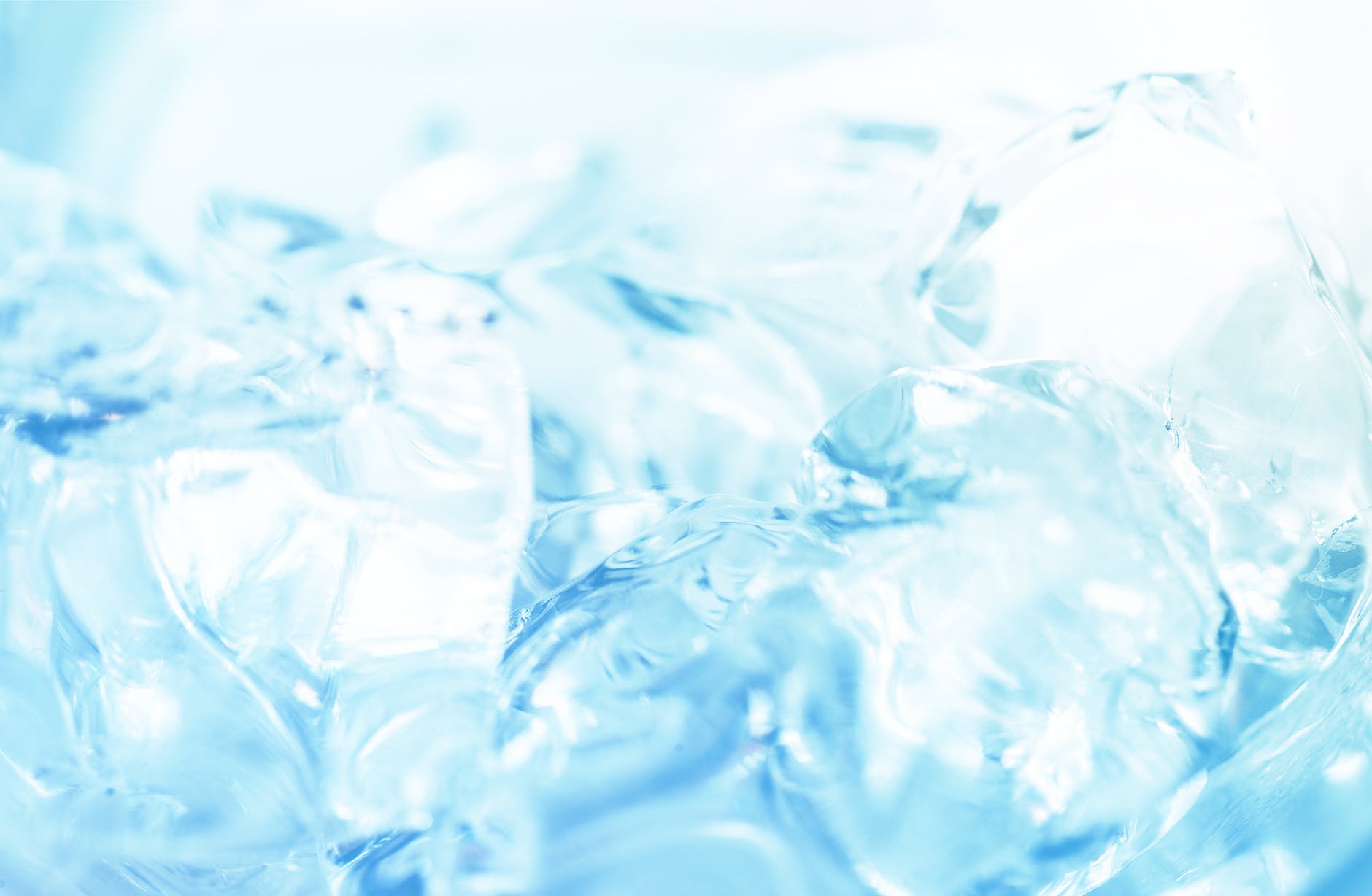History of cold water therapy
The use of cold water for healing was first reported in 3500 BCE in the Edwin Smith Papyrus. Ancient Greeks used it for relaxation and socializing. Hippocrates used water for healing, he said water will cure anything. Sebastian Kneipp used cold water immersion for healing. In 1849, he had tuberculosis and cured himself with daily dips in the cold Danube River. He began to attract many people who followed and studied with him and soon became known as the “water doctor”. Eventually in 1889, he wrote the book, My Water Cure. He is famous for the statement, “If there is a cure for me, it will be water.” In recent years, cold water immersion has been made popular by the Dutch extreme athlete know as the Ice man, Wim Hoff. His popularity has brought the word ice bath to social media, the news channels and now to every household. Resource Wang (2006)
What are the 7 benefits of an ice bath?
- Increases your metabolism
During an ice bath, the body’s metabolism rate increases by 16%! This can be of great benefit for helping those who want to lose weight. Mitochondria are the batteries of the cell, regular ice baths can increase the number of mitochondria in your cells and also make them more efficient in making energy.
- Increases muscle recovery
After a workout, submerging in an ice bath has been shown to reduce muscle damage, decrease overall muscle fatigue, soreness and inflammation! This is the most well-known, well studied benefit of the ice bath. These benefits have been shown over many years in multiple studies.
- Alleviates depression and increases energy
Dopamine gives us drive and motivation, energy and alertness. It metabolizes to norepinephrine, which gives us energy and focus. Low levels of these are associated with low mood. Studies show that cold water immersion can stimulate the sympathetic nervous system, and in so doing increase dopamine by 250% and norepinephrine by 530%! Beta-endorphins are produced by the pituitary gland and are associated with a sense of wellbeing and contribute to decreased pain sensation. Cold water immersion boosts your levels of these brain stimulating chemicals. Interestingly, plasma cortisol, the fight/flight hormone, were reduced or remained unchanged. Study Resource
- Enhances your immune system
Cold water immersion will speed up the production of white blood cells! The lymph system is present under the skin and around vessels, and muscles, when it contracts due to the cold temperature, it pumps out toxins from the body and in so doing exposes the lymph nodes to any foreign substances that the immune system needs to fight. Research showed that after 6 weeks of cold immersion 3 times per week, there was an increase in the amount of CD3 cells or total T lymphocytes, CD4 cells or T helper cells, CD8 cells or T suppressor cells, and overall activated T and B lymphocytes.
- Improves your blood circulation
During the ice bath the skin blood vessels and capillaries constrict and blood is pumped internally to the vital organs. This circulation ‘exercise’ is also pumping wastes to the liver and kidneys where they can be filtered out. Once you are out of the bath there is a reflex effect of the reperfusion of the blood vessels of the skin, producing a warm relaxing effect due to the fresh oxygenated blood.
- Reduces pain
Reduction of pain! This happens when the peripheral blood vessels constrict and the pain molecules or cytokines present there in muscles, joints and skin, are pumped out. Also the local nerve endings are numbed to some extent and the stimulatory effect causes an increase in beta-endorphins which are analgesic.
- Lessens the pain from autoimmune conditions
Any autoimmune condition that is causing pain and inflammation, such as Multiple Sclerosis, Rheumatoid arthritis, Ankylosing spondylitis and others, have been shown to have benefit from cold water immersion! The research reveals the inflammatory cytokines are decreased and this gives pain relief and the dopamine/endorphin effect also gives pain relief and a greater sense of wellbeing.
How to do an ice bath?
You can use any tub that will hold enough water that you can submerge your body up to your neck is best. The water to ice ratio can vary for each person. If you use the 3:1 ratio, (gallons of water to pounds of ice), it will drop the temperature of your bath to 50-60 degrees. Of course this varies depending on the starting temp of the tub itself. You want to purchase a waterproof digital thermometer to get an accurate temperature reading.
For beginners, I recommend starting at 65-70 degrees Fahrenheit and working down from there slowly over time. The duration of therapy will vary from person to person. For maximum benefit the duration is 10 minutes at 50-60 degrees Fahrenheit. To start, it can be 20 minutes, say if the ice water is at 70 degrees. You don’t want your fingers and toes to get numb. Each person will vary in their ability to withstand the cold, so listen to your body and go slow.
Word of caution: You should always consult your doctor before starting any new therapy. The ice bath is contraindicated for any one with a vascular condition such as deep vein thrombosis or peripheral vascular issues, or any issue of the skin, any wound, cuts, or any condition where there is an altered skin sensation.
Enjoy!



